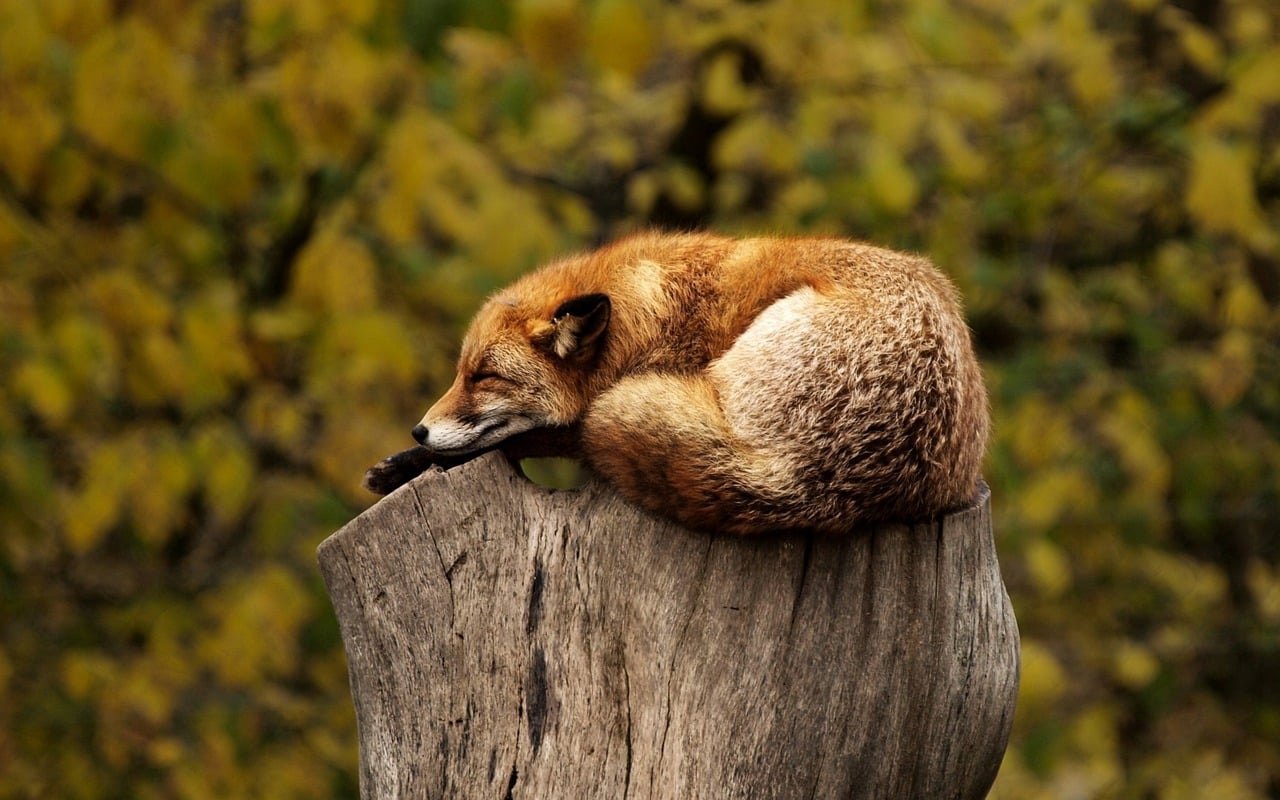The future of AI in wildlife filmmaking and conservation

The key to understanding the natural world lies in not just observing it, but in comprehending the data that the observation generates. This becomes particularly important when we are dealing with wildlife preservation, where large amounts of data need to be analyzed and understood for effective conservation efforts. The combination of artificial intelligence (AI) and technology is proving to be a game-changer in this sphere, especially in the realm of wildlife filmmaking and conservation.
How Technology is Helping to Conserve Wildlife
As we step into the second month of 2024, let’s focus on the ways technology has been assisting in wildlife conservation. Over the past few decades, technological advancements have allowed us to capture images and film footage of animals in their natural habitat like never before. We can now access places that were previously off-limits, and observe species that we had limited knowledge about.
Lire également : Can AI predict and prevent workplace accidents?
The use of camera traps and drones has been revolutionary. Camera traps, for instance, can capture high-resolution images and videos of wildlife, providing data about animal populations, their behaviors, and their interactions with the environment. Drones, on the other hand, have rapidly become indispensable tools for conservationists. They provide bird’s-eye views of vast natural habitats, allowing for quick and efficient surveying of endangered species and their habitats.
What is more exciting is that these technologies are constantly improving. The latest camera traps can now operate in extreme weather conditions, capture night vision footage, and even detect the presence of specific animals. Similarly, drones have become increasingly sophisticated, with capabilities such as tracking animals, delivering supplies to remote locations, and providing real-time data to conservationists.
Avez-vous vu cela : Tech solutions for reducing noise pollution in cities
The Power of AI for Data Analysis
While technology has helped collect ample data, the challenge lies in the analysis of this data. This is where artificial intelligence comes in. The ability of AI to process and analyze large volumes of data has opened up a new frontier in wildlife conservation. By crunching and interpreting the vast amounts of data collected through technology, AI can provide insights that humans might miss.
Machine learning, a subset of AI, is notably useful in this context. Machine learning algorithms can be trained to recognize patterns and make predictions based on huge sets of data. For instance, machine learning can help identify individual animals in images and videos captured by camera traps, track their movements, and predict their behavior. This information is highly valuable for conservationists aiming to protect endangered species.
Moreover, AI can also be used to predict environmental changes and model their potential impact on wildlife. By integrating data from various sources and using advanced algorithms, AI can create sophisticated models of environmental change. Such models can help conservationists predict and plan for the impact of climate change on wildlife, thereby enabling more effective conservation strategies.
Film Technology and AI: Documenting the Natural World
A key aspect of wildlife conservation is raising public awareness about the importance of preserving our natural environment. Wildlife films play a crucial role in this. They have the power to bring the splendor of nature to our living rooms, allowing us to witness the beauty of wildlife and understand the need to protect it.
Today, filmmakers are leveraging technology and AI to create more compelling and immersive wildlife documentaries. High-definition cameras and drones can capture breathtaking footage, while AI can help edit and optimize these images. AI can analyze hours of footage to identify the best shots, help stabilize shaky footage, improve image quality, and even generate realistic natural sound effects.
In this sense, AI is not just a tool for conservation, but also for storytelling. It allows filmmakers to weave together a narrative that can captivate audiences and inspire them to care about wildlife conservation.
AI and Sustainable Conservation
The ultimate goal of all these efforts is to achieve sustainable conservation. The incorporation of AI into wildlife conservation presents a promising path towards this goal. By aiding in data collection and analysis, AI can help prioritize conservation efforts, ensure efficient use of resources, and monitor the effectiveness of conservation strategies.
Furthermore, AI has the potential to democratize conservation efforts. With the right algorithms and access to data, anyone can contribute to conservation efforts from their own computers. This wide-reaching potential is especially crucial given the urgency of the current environmental crisis.
While the marriage of AI and conservation is still in its early stages, the future looks promising. As technology continues to evolve and AI becomes more sophisticated, there is no doubt that they will jointly play a crucial part in our quest to protect and preserve the natural world.
Remember, we are not just observers of our environment. We are participants and protectors. The future of our wildlife and our planet lies in our hands, and it is our responsibility to leverage every tool at our disposal to ensure their survival. The fusion of AI and technology is one such powerful tool, and it holds the potential to redefine the future of wildlife filmmaking and conservation.
Augmented Reality in Wildlife Conservation
Augmented reality (AR), a technology that superimposes a virtual layer onto the physical world, is playing an increasingly important role in wildlife conservation. AR has made it possible to create realistic virtual environments, enabling immersive experiences that bring the natural world closer to us.
In the context of wildlife conservation, AR can serve as a powerful tool for education and advocacy. Through AR apps and experiences, people can "visit" natural parks and protected areas from the comfort of their homes. They can observe wildlife in their natural habitats, learn about different species, and understand the challenges they face. This can inspire individuals to care more about wildlife conservation and take action to protect our natural world.
Moreover, AR can also be used to address specific conservation issues. For example, it can help in anti-poaching efforts by creating virtual animal tracks that can confuse poachers. Similarly, AR can be used to simulate the effects of climate change on wildlife habitats, providing visual evidence that can drive home the urgency of conservation efforts.
In this way, augmented reality is not just a tool for entertainment, but a powerful ally in the fight to protect wildlife and our planet.
Real-Time Monitoring and AI in Wildlife Conservation
The use of AI in real-time monitoring is another promising application in wildlife conservation. The combination of AI with camera traps and drones can enable the monitoring of wildlife in real time. This can provide invaluable insights for conservationists, helping them to respond quickly to threats or changes in the environment.
For instance, machine learning algorithms can analyze images from camera traps in real time, identifying specific animals and alerting conservationists if endangered species are spotted. This can be particularly useful in anti-poaching efforts, allowing for immediate action when threats are detected.
On a larger scale, AI can be used to monitor changes in wildlife habitats. By analyzing data from drones, satellites, and other sources, AI can identify patterns of environmental change in real time. This can help conservationists to quickly identify and respond to threats such as deforestation, climate change, or invasive species.
In conclusion, AI and technology have the potential to revolutionize wildlife conservation. By aiding in data collection and analysis, enabling real-time monitoring, and helping to raise awareness and promote conservation, they can make a significant contribution to our efforts to protect wildlife and ensure a sustainable future. As we move forward, it will be important to continue exploring and harnessing the potential of these tools for the benefit of our planet and its diverse forms of life.
In the final analysis, the marriage of AI and wildlife conservation symbolizes a hopeful promise of what we can achieve when we leverage technology for the good of our natural world. It underscores our role as both participants and protectors of the environment, reminding us of our responsibility to ensure the survival of wildlife for future generations. This fusion of AI and technology is a powerful tool we must wield wisely and effectively in our ongoing quest for sustainable conservation.
